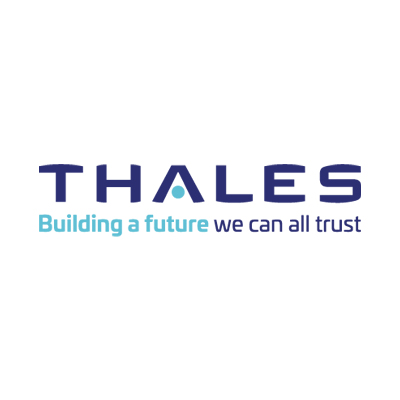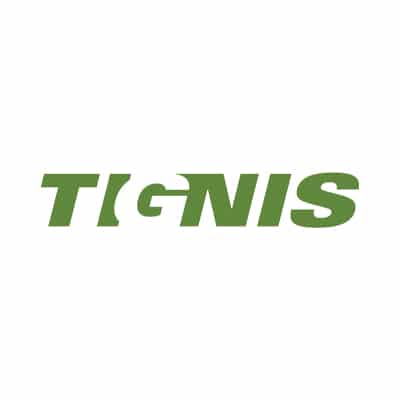
Thales DIS Finland Oy is a trusted and experienced partner of the Thales Group for passport issuance services. Since their new solution was implemented in January 2017, Thales DIS Finland Oy has issued over 750,000 passports per year. The company is known for its reliable and secure service and operates locally, ensuring an efficient workflow in terms of data transfer and document delivery. Besides passports and ID cards, Thales DIS Finland also produces eResident permits, visas, visa stickers, driving licenses, eTacho, gun permits, boating licenses, boat registrations, seafarer permissions and health care cards. Thales also has a long history as a trusted supplier for the banks, mobile operators and other institutions in Finland. For decades, Thales has provided debit/credit cards to several banks, helped transport authorities with the travel cards and security modules, as well as provided SIM cards and digital solutions to mobile network operators.
Thales DIS Finland is using InfluxDB to add “Man-in-the-Middle” devices to hack information that is available in old industrial machines. For example, the power unit displaying interface information like Current (A) and Voltage (V) is available and transmitted using Modbus protocol over RS485. That device will hang up in the communication line and listen to everything, “decrypting” the data, and filters only the information that is important. The data is then pushed into an InfluxDB instance.
Eduardo Luis Hofmann, Engineering Manager at Thales DIS Finland, did a performance test to verify the quantity of data he could push into InfluxDB and got about 250 writes per second. In the final solution, all nodes pushed data into RedisDB, in an order of milliseconds. An application then collected the data from RedisDB and pushed it into InfluxDB. By doing so, Thales DIS Finland could filter and adapt to only collect the necessary quantity of information, with the same code working seamlessly with two database systems.
Thales DIS Finland has found that InfluxDB provides quick implementation and is ready to go from data insertion to visualization. You may find drivers for all languages that you are thinking of using, and in case there are none available, you can go to basic curl commands where the drivers are updated frequently. Another amazing feature is the integration, out-of-the-box, of reporting tools.
Hoffman’s mistake on his first project was to skip making a double database implementation with MySQL and a time series database. The problem was that it was taking MySQL around one minute to return the data results for 5 million data points during the test phase. He needed to rewrite the code and move all of his time series data to InfluxDB, and the same data came out in only a few seconds. Hoffman’s advice is to go with InfluxDB and not to think about implementing any other time series database.
Using Modbus to enable better IoT monitoring
By extracting data from old industrial systems
5 million +
Number of data points written in one minute
Better data visualization
Out-of-the-box reporting tools were quick to implement for the team
Technologies Used



